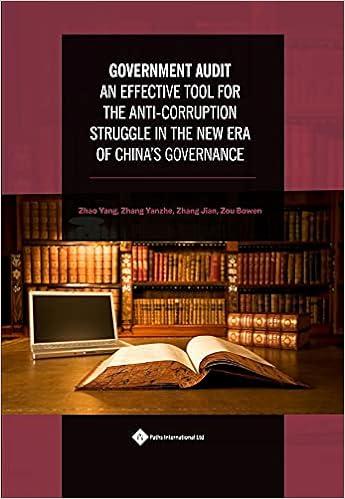


After allocating cost in excess of book value, which asset or liability would not be amortized over a useful life? .A. Cost of goods sold .B. Property, plant, \& equipment .C. Patents .D. Goodwill Which statement is true concerning unrealized profits in intra-entity inventory transfers when an investor uses the equity method? A. The investor and investee make reciprocal entries to defer and .realize inventory profits B.The same adjustments are made for upstream and downstream Transfers Accounting for investment change from fair-value method to equity method and it's prior income was less than dividends: .A. Increase the investment account .B. Decrease the investment account .C. Increase dividend revenue D. No adjustment necessary Accounting for investment change from fair-value method to equity method and it's prior income exceeded dividends: A. Increase the investment account .B. Decrease the investment account .C. Increase dividend revenue .D. No adjustment necessary Accounting for investment change from equity method to fair-value method and it's prior income exceeded dividends: A. Increase the investment account .B. Decrease the investment account .C. Increase dividend revenue .D. No adjustment necessary If the company purchase additional shares of investee, accounting for investment will: A. Increase the investment account .B. Decrease the investment account .C. Increase dividend revenue .D. No adjustment necessary Which of the following internal record-keeping methods can a parent choose to account for a subsidiary acquired in a business combination: A. Initial value or book value -B. Initial value, lower-of-cost-or-market-value, or equity .C. Initial value, equity, or partial equity .D. initial value, equity, or book value Under the partial equity method, the parent recognizes income when: A. Dividends are received from the investee B. Dividends are deciared by the investee .C. The related expense has been incurred .D. It is earned by the subsidiary What is push-down accounting? A. A requirement that a subsidiary must use the same accounting principles as a parent company. B. Inventory transfers made from a parent company to a subsidiary. C. A subsidiary's recording of the fair-value allocations as well as subsequent amortization. D. The adjustments required for consolidation whena parent has applied the equity method of accounting for internal reporting purposes. A company acquires a subsidiary and will prepare consolidated financial statements for external reporting purposes. For internal reporting purposes, the company has decided to apply the initial value method. Why might the company have made this decision? A. It is a relatively easy method to apply. B. Operating results appearing on the parent's financial records reflect consolidated totals. C. GAAP now requires the use of this particular method for internal reporting purposes. D. Consolidation is not required when the parent uses the initial value Method









